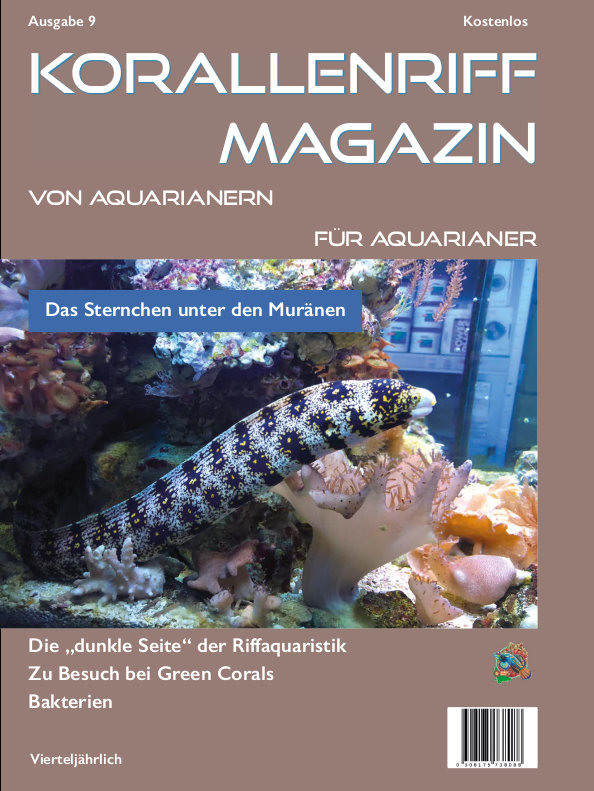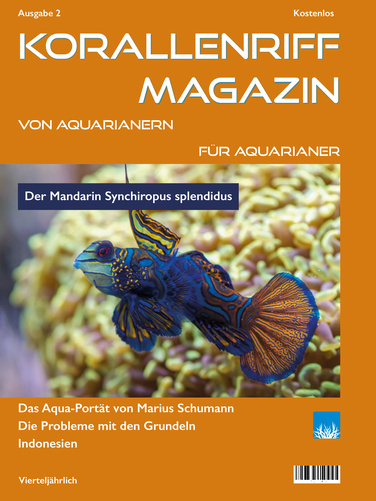Info
Description: Colonies are phaceloid; corallites are 20-30 millimetres diameter and 15-30 millimetres apart. Walls are thin, with sharp edges. Septa are not exsert; first and second order septa plunge steeply near the centre of the corallite. There are no columellae. Polyps have large tubular tentacles with knob-like tips.
Color: Grey-blue to grey-green with cream, green, pink or white tips to the tentacles.
Habitat: A wide range of reef environments.
Abundance: Uncommon but conspicuous, rare in the Red Sea.
The tentacles of Euphyllia species usually fluoresce in bright colors. Euphyllia forms large colonies in nature and are generally... keep quite well in the aquarium. Therefore, Euphyllia species are ideal animals for the beginner and also recommended for the initial stocking of a coral aquarium.
Special highlights are Euphyllia "GoldenTorch", or "Toxic Orange" and "Orange Hammer". . these are usually very popular with collectors and experts.
General about the keeping:
Good keeping in itself, though sensitive to boring and other algae that impede growth. Should not be too strong in the current, in no case a direct current. Care should also be taken not to place it too close to other animals, precisely because of the tentacle length, otherwise it comes to the nettling by fighting tentacles. A distance of 20 cm prevents the entanglement of other animals.
Otherwise a grateful animal, because it is very long-lived once acclimated. The same is true for all Euphyllia species, once in the tank and growing, only mechanical injury or poor water conditions can harm them.
Light: Medium
Current: Medium to turbulent, never direct!
Food: Supplemental feeding is not necessary, if it also accepts plankton.







 MW
MW







































